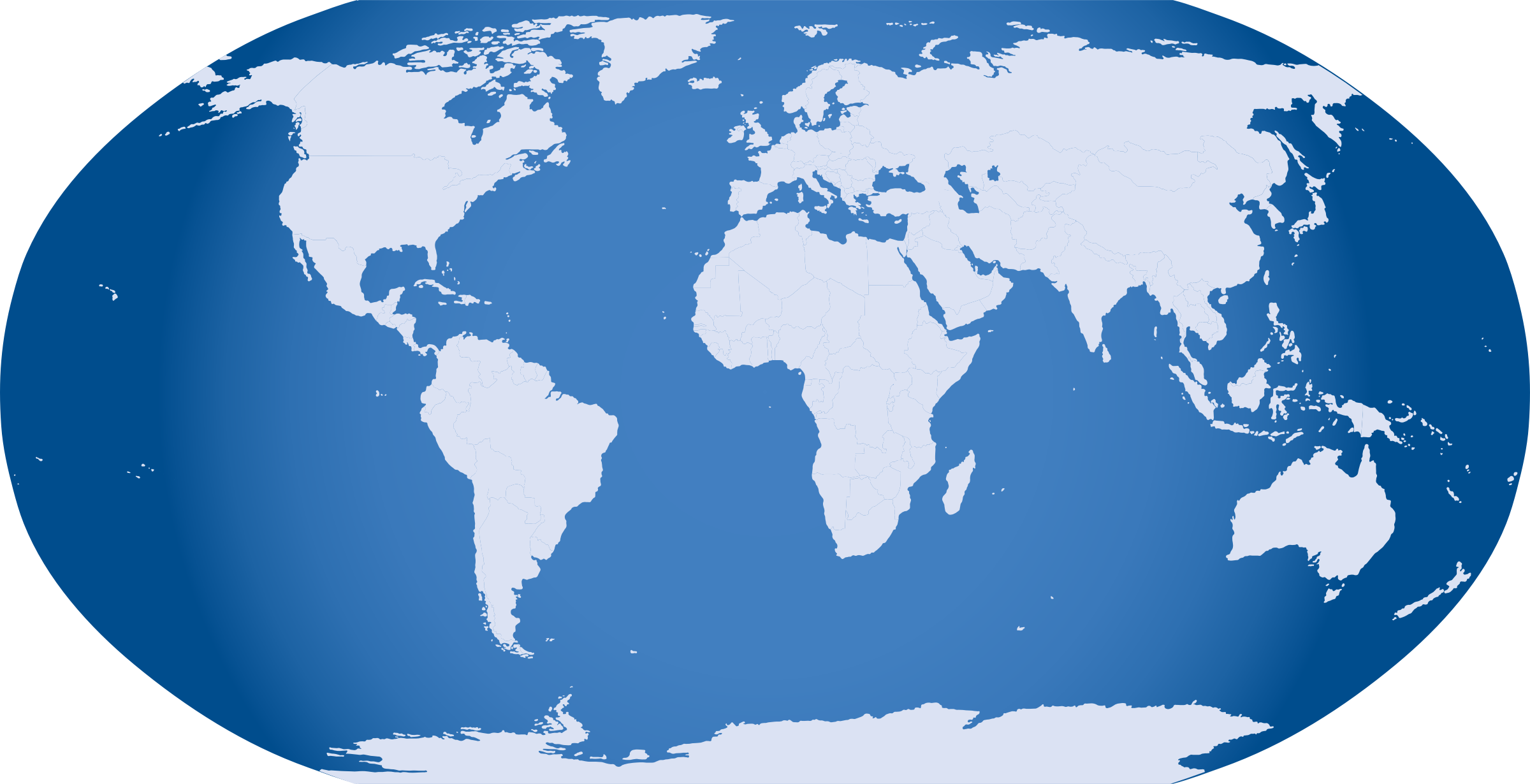The Bahá’í teachings present a profound framework for understanding and addressing some of the most pressing issues facing humanity today, including the critical matter of world unity and the environmental challenge posed by the depletion of the ozone layer. Central to these teachings is the recognition that humanity is intrinsically interconnected, and that collective action is imperative for sustaining both social harmony and ecological balance.
The pursuit of world unity is not merely an aspiration but a necessity in the contemporary landscape marked by division and discord. The Bahá’í Faith posits that the inherent oneness of humanity transcends all distinctions, whether they be religious, racial, or nationalistic. This foundational principle invites individuals and communities to embrace a global identity, fostering an environment in which collaboration and mutual respect can flourish. In this context, the Bahá’í teachings serve as a clarion call for societal cohesion, illuminating the path toward a more unified world.
As we navigate the complexities of environmental degradation, the symbolism of the ozone layer emerges as a poignant representation of vulnerability. The ozone layer, which acts as a protective shield against the sun’s deleterious ultraviolet radiation, is emblematic of the broader ecological systems that sustain life on our planet. The increasing depletion of this layer, primarily due to human activity and the proliferation of chlorofluorocarbons (CFCs), highlights an urgent need for global stewardship. Just as the Bahá’í teachings advocate for the unity of mankind, they also underscore the necessity of unified action to preserve our planetary home.
To examine the confluence of world unity and environmental stewardship is to consider deeper psychological and philosophical dimensions. There is an observable phenomenon where individuals exhibit a fervent fascination with the cosmos, often underpinned by a sense of awe at its beauty and complexity. This fascination can be interpreted as a collective yearning for significance and belonging—an existential recognition that our shared home is as precious as it is fragile. The Bahá’í worldview articulates that the health of our environment directly correlates with the health of our communities. As the well-being of humanity hinges on the health of the planet, efforts to restore the ozone layer must be embraced as communal responsibilities.
Moreover, the Bahá’í teachings advocate for education and awareness as vital components of addressing environmental challenges. Education serves not only as a means of enlightenment but also as a catalyst for nurturing a dedicated populace ready to make informed choices. It is incumbent upon societies to disseminate knowledge regarding environmental issues such as ozone depletion, thereby empowering individuals to cultivate sustainable practices. Through educational initiatives, communities can foster an ethos of responsibility that aligns with the principles of unity espoused by the Bahá’í Faith.
In addition to awareness, the Bahá’í teachings emphasize the importance of consultation and collective decision-making. The process of consultative dialogue allows for the integration of diverse perspectives, enabling societies to develop sustainable solutions that resonate with the needs and values of all constituents. This pragmatic approach embodies the essence of unity, as it necessitates the transcendence of ego and the prioritization of collective well-being. Collaborative frameworks informed by inclusive dialogue are essential for formulating effective strategies to combat issues such as ozone depletion. The success of international agreements, such as the Montreal Protocol, illustrates how consolidated global effort can reverse environmental harm.
Furthermore, the Bahá’í teachings remind us that ethical considerations must underpin humanity’s relationship with the environment. The idea that humanity has a moral obligation to protect the planet is not merely a philosophical stance, but a practical guide that informs actions. In recognizing the profound interconnectedness of all life, the teachings advocate for a stewardship model wherein humans act as caretakers rather than exploiters of the Earth’s resources. This perspective not only fosters a sanctity of nature but also engenders a deep sense of reverence for our collective future.
Promoting practices that contribute to the healing of the ozone layer necessitates an interdisciplinary approach. The integration of science, policy, community engagement, and faith can lead to innovative solutions that resonate on multiple levels. This holistic perspective aligns with the Bahá’í view that all aspects of human endeavor must be harmonized in pursuit of a common goal: the advancement of civilization. Each initiative, whether it pertains to reducing carbon footprints or advocating for sustainable technologies, reflects the commitment of humanity to transcend its divisive tendencies and realign with a shared purpose.
In concluding the discourse on world unity and the healing of the ozone layer through the lens of Bahá’í teachings, it becomes apparent that these interconnected ideals offer a comprehensive worldview that addresses the multifaceted challenges of our time. The fundamental charge is clear: as global citizens, we are called to action. The cultivation of unity and environmental stewardship is not merely an idealistic aspiration; it is a clarion call to embrace our roles as guardians of the Earth and agents of peace. The path forward lies in our collective commitment to forge a vibrant, sustainable, and unified global community—one that harmonizes humanity’s diverse expressions with the urgent need to protect our planet’s fragile ecosystems. In this synergy of purpose, we find the profound potential to heal both humanity and the world.
